‘Sydney: In Sickness & In Health’ exhibition now open
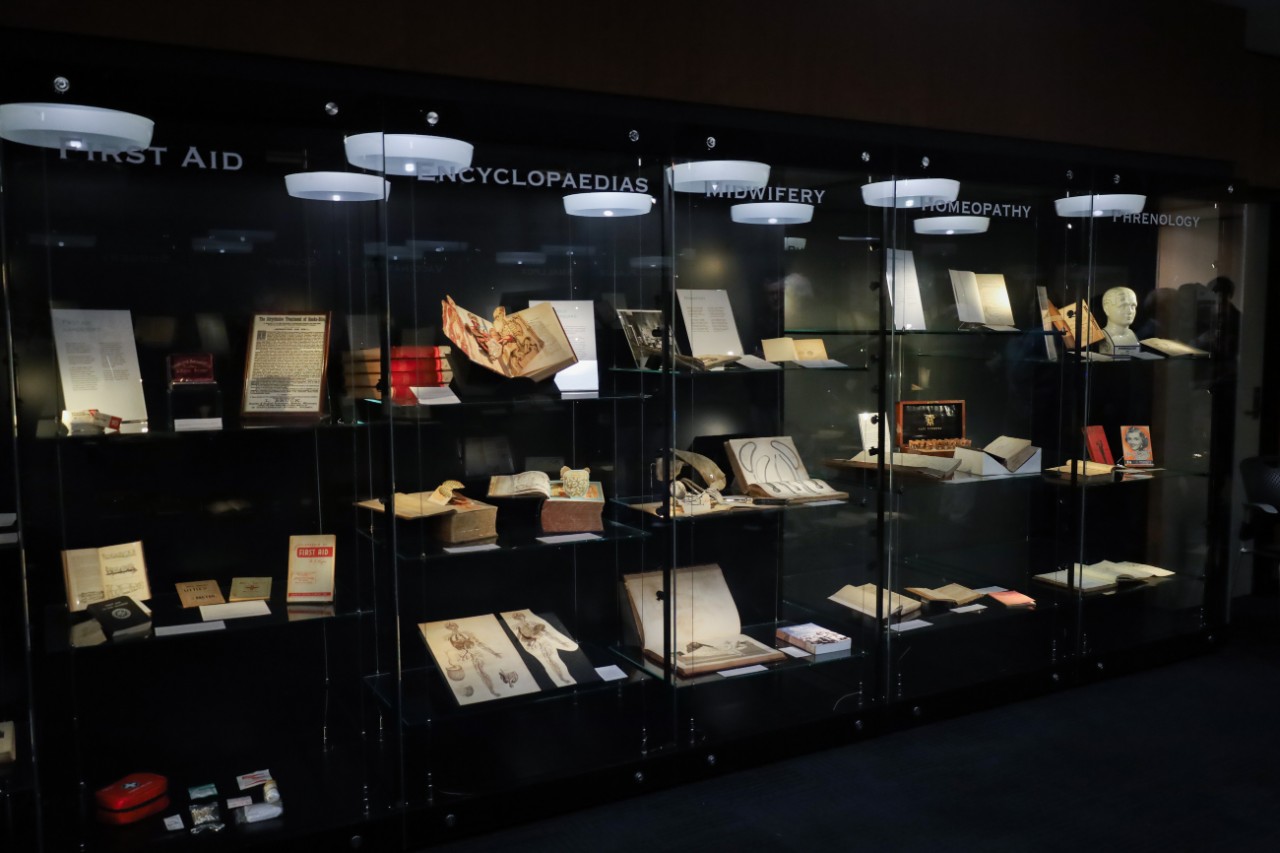
This new exhibition, located on level 2 of Fisher Library, explores a wide range of health concerns and medical practices that emerged and evolved in the late 18th and early 19th centuries in Sydney. Curated by Cate Storey, the exhibition features over 130 items from the Library’s Rare Books and Special Collections, including First Nations health history, encyclopaedias, maps, photographs, and many curious facts and stories.
The rich history of the University’s Faculty of Medicine and Health is also featured, including the story of the visionary Sir Thomas Anderson Stuart who – at just 26 – was the first Dean of the Medical School, who began teaching with just four students.
Historic medical equipment from the Royal Australasian College of Physicians, the Ainsworth Interactive Collection of Medical Pathology and the Sydney Medical School has also been generously loaned for display, bringing these stories to life.
Sydney: In Sickness & In Health
Fisher Library, level 2
University of Sydney
Camperdown
On display until early 2026
This exhibition was curated by Cate Storey with Rare Books and Special Collections.
About Rare Books and Special Collections
The University of Sydney Library holds one of Australia’s largest rare and special collections, with over 300,000 items. Highlights include medieval manuscripts and early printed books, as well as an extensive science fiction collection and East Asian collection.
Our wide range of Rare Books and Special Collections are available for University of Sydney academics and students to view, research and teach with. If you have an enquiry, please contact:
cultural.collections@usyd.libanswers.com.
We also welcome the public to view and study our collections. You will need to register for a free Rare Books ID and visit during our Rare Books and Special Collections Reading Room opening hours. Find out more about viewing items from special collections.
If you are unable to visit our collections in-person, you can also book a Virtual Reading Room session, or explore thousands of digitised photos, illustrations, documents, magazines and more on our Digital Collections website and our Google Arts & Culture page.
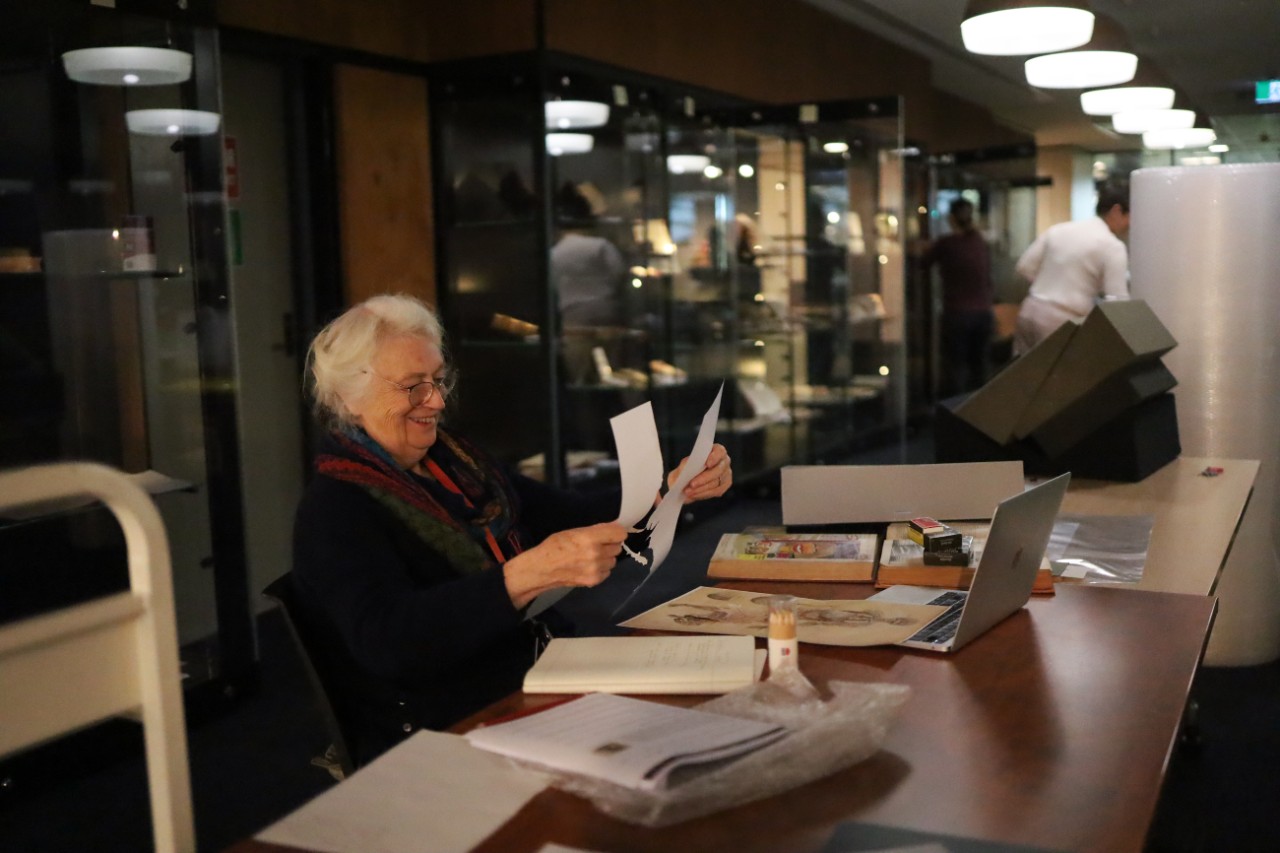
About the curator
Honorary Associate Professor Cate Storey OAM (Sydney Medical School, Faculty of Medicine and Health) is a retired neurologist. Storey graduated from the University of Sydney MBBS in 1972 and Msc. History and Philosophy of Science in 1999. Storey spent her professional career at the Royal North Shore Hospital, where she is currently the Honorary Archivist.
Storey has curated several exhibitions with Rare Books and Special Collections including the Beautiful Brain on historical anatomical atlases; Sense & Sensibilities on the history of neuroscience; and, most recently, Vesaliana on the influence of Andreas Vesalius’ anatomical works.
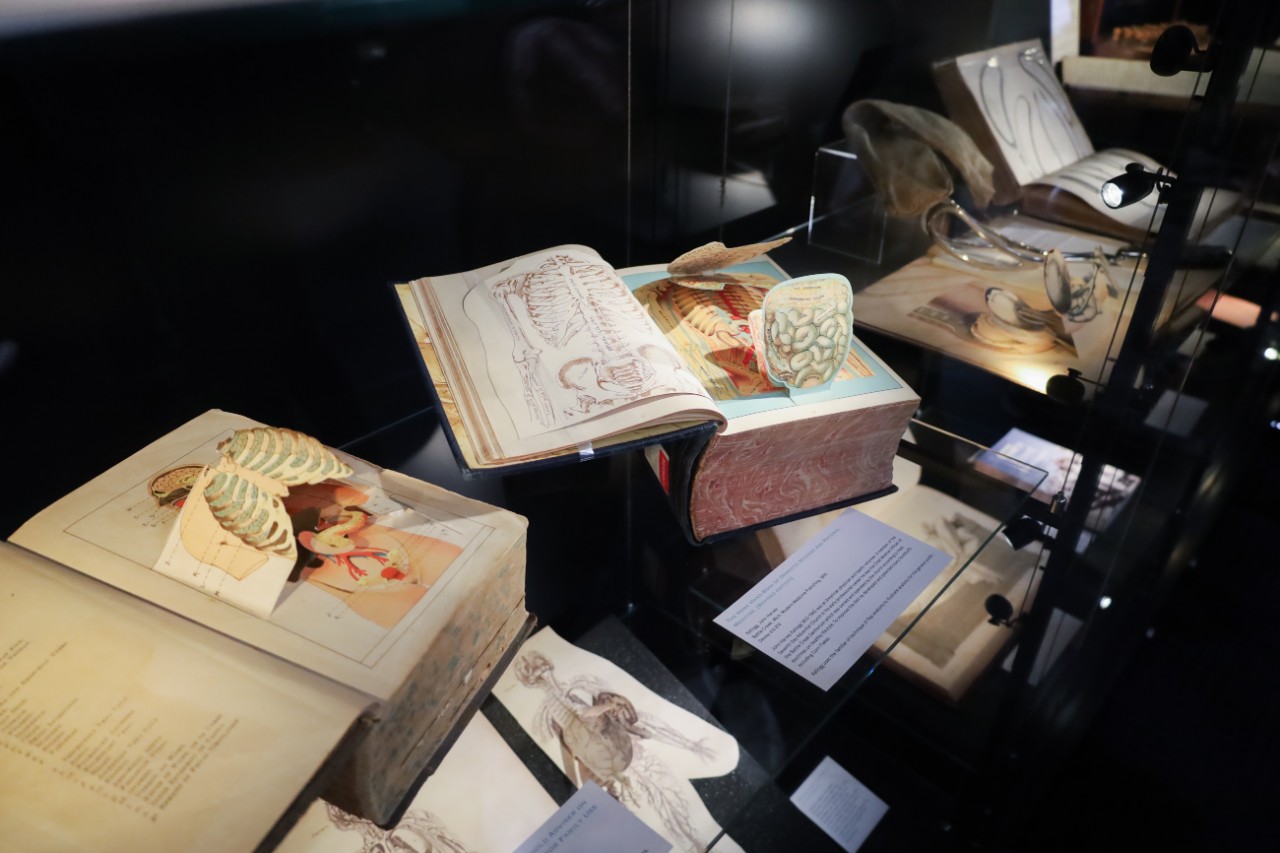
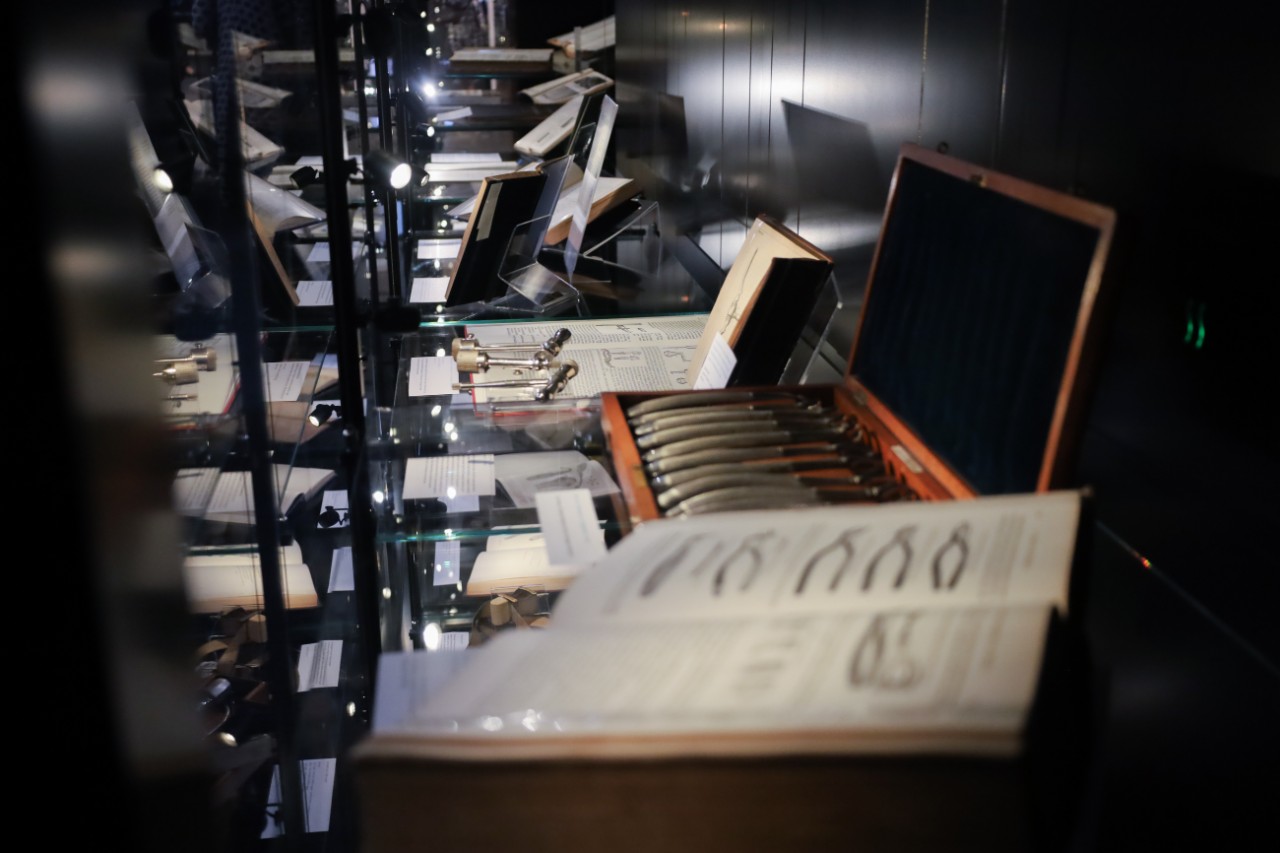
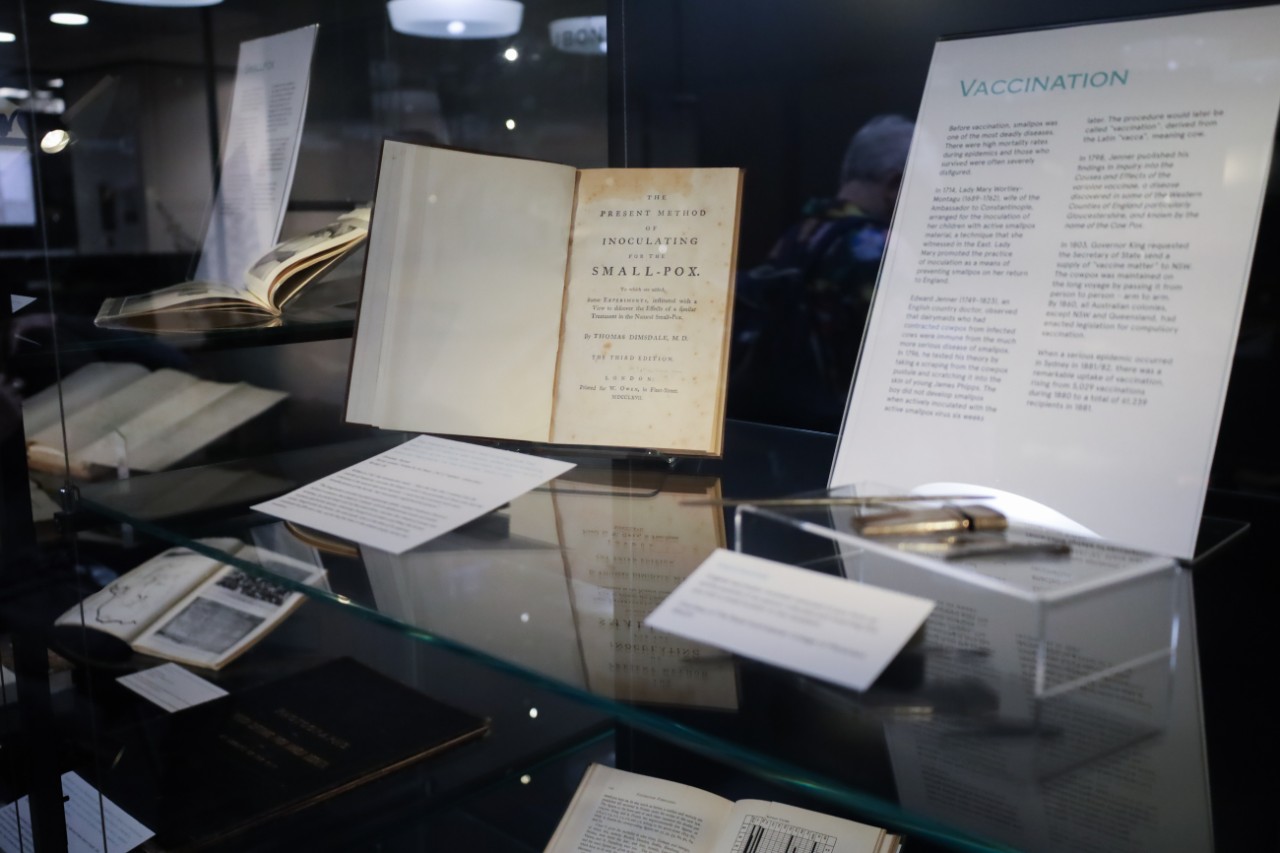
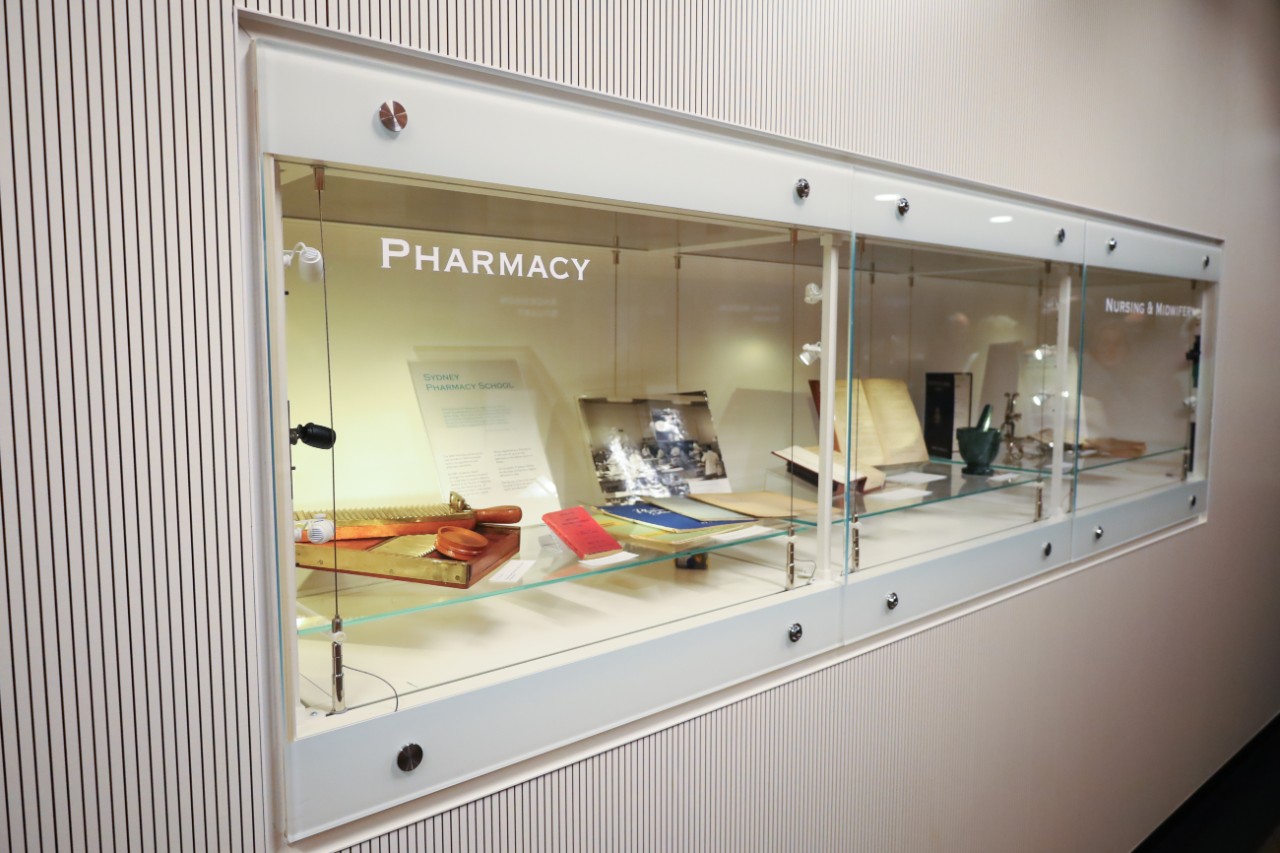
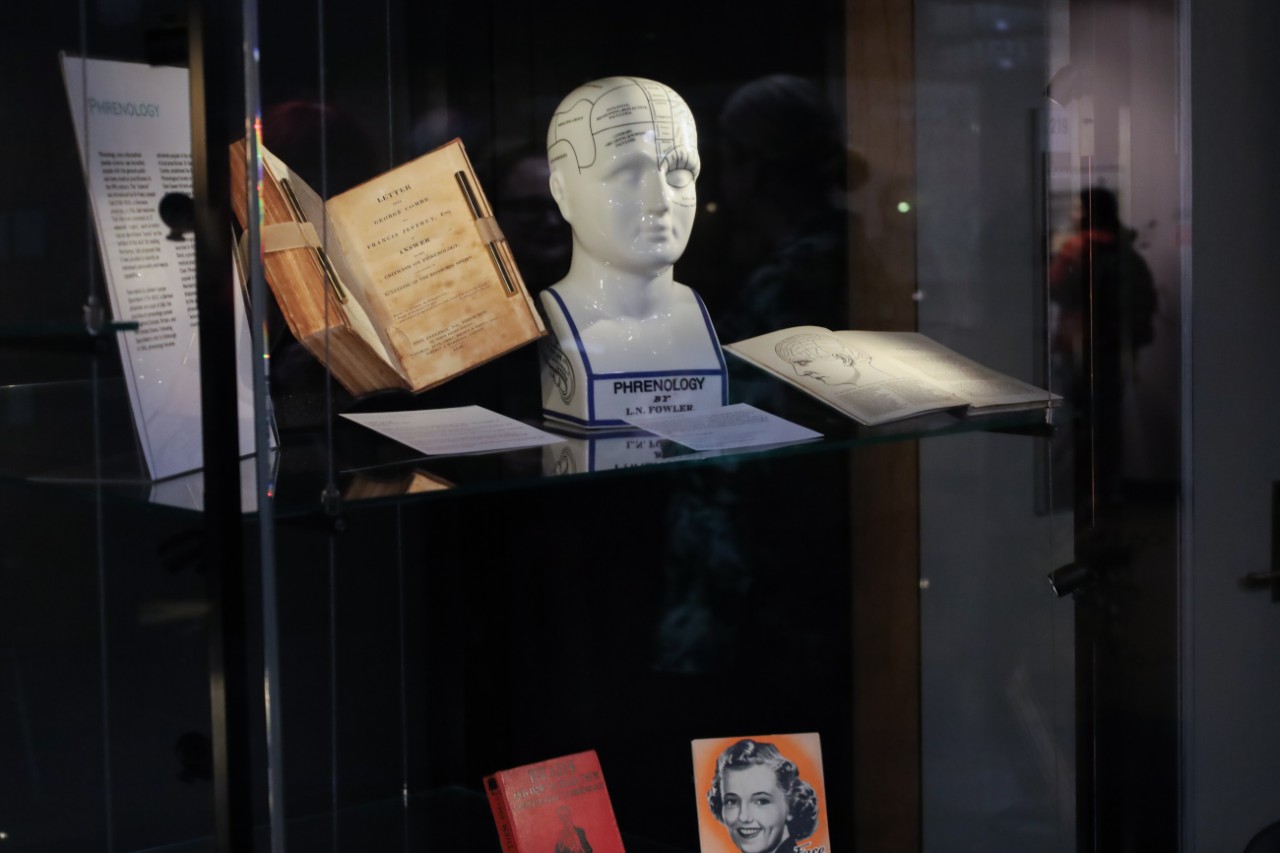
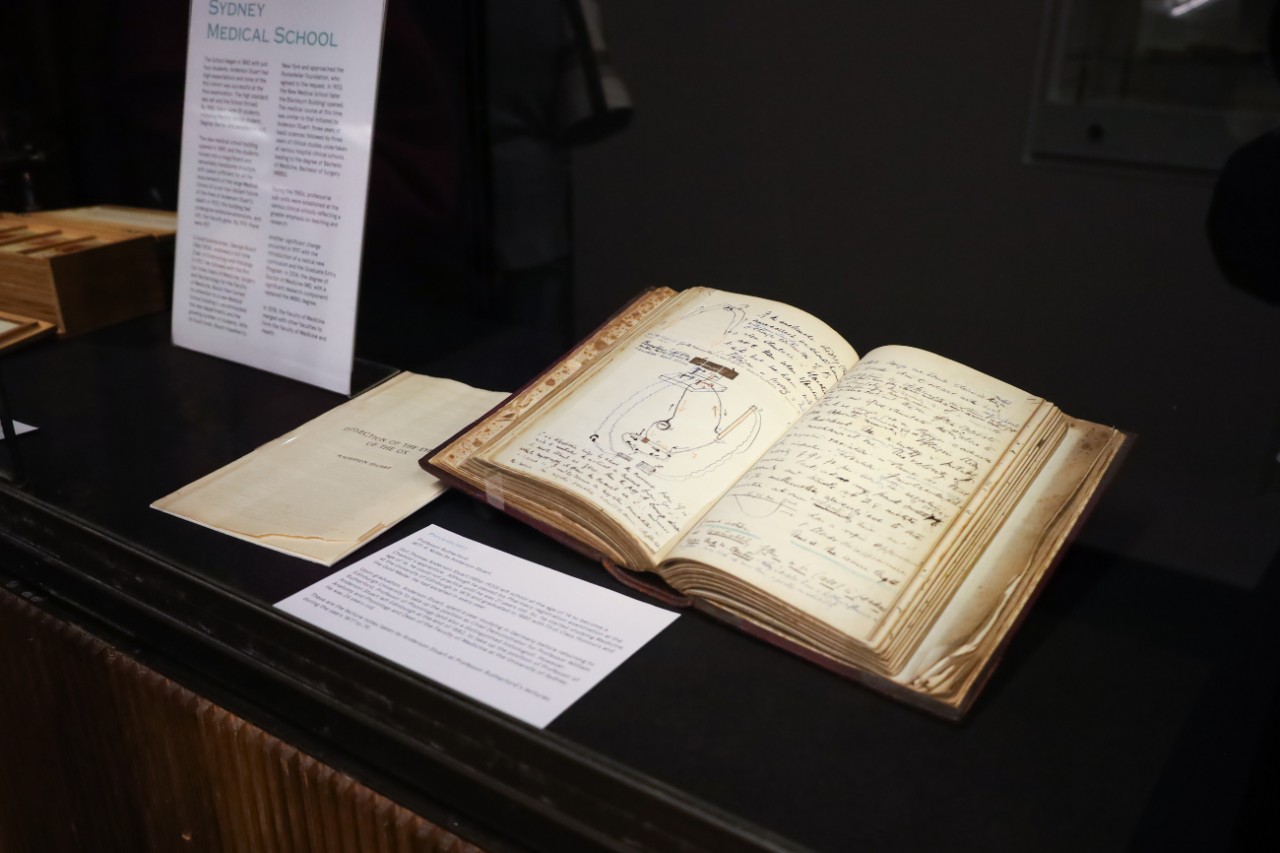
About the exhibition
Today, Sydney is home to innumerable health services, practitioners and researchers. A world-class health system connects people across the city and beyond to keep the population supported. But Sydney hasn’t always been a thriving hub of health and wellbeing.
In the late 18th century, Sydney “Warrane” was a small penal colony on Gadigal Country, an isolated outpost of the British Empire. The diaries of men on the 1788 First Fleet paint a grim picture of health struggles. Before the arrival of the Europeans, Aboriginal peoples around the Sydney area were living in abundance and had a complex understanding of health and medicine developed over thousands of years. After the establishment of the Colony, the impact of the Europeans took a heavy toll on First Nations communities, with introduced diseases causing devastatingly high mortality.
As the 19th century progressed, Sydney saw significant advances in healthcare, marked by the construction of permanent hospitals, asylums for the mentally ill, and institutions dedicated to caring for mothers and children. Advances in surgery, dentistry and midwifery from the ‘old country’ were enthusiastically adopted, and Sydney specialists were quick to embrace any technological innovation.
However, rapid urbanisation brought a new wave of health challenges. With inner city overcrowding, Sydney faced repeated outbreaks of smallpox, bubonic plague, and tuberculosis, among others. Some of these became catalysts for significant social reform – in the wake of the smallpox epidemic, for example, the entire system for notifying infectious diseases underwent significant changes and the government legislated for compulsory vaccination.
The University of Sydney has been intertwined with this history, having established the Faculty of Medicine in 1856. Through its researchers, the Faculty of Medicine and Health has been at the forefront of major reforms locally and internationally from the smallpox epidemic of 1881 and the establishment of the Board of Health of NSW to the more recent campaigns against smoking, to name but a few. Today, the Faculty has over 12,000 enrolled students and dedicated academics across research centres, schools, clinical sites, and a focus on Indigenous health initiatives.
This exhibition examines some of the challenges and successes that have characterised the development of Sydney’s health system through the pages of Rare Books and Special Collections, complemented by medical equipment of the past. Take a glimpse into the history of Sydney: In Sickness and In Health.
_
Below images: the exhibition was opened on Tuesday 8 July 2025. Speeches were given by University Librarian Philip Kent and curator Cate Storey. The opening also marked the 19th Biennial Conference for the Australia and New Zealand Society of the History of Medicine, Health History in the Making, which was hosted at the University.
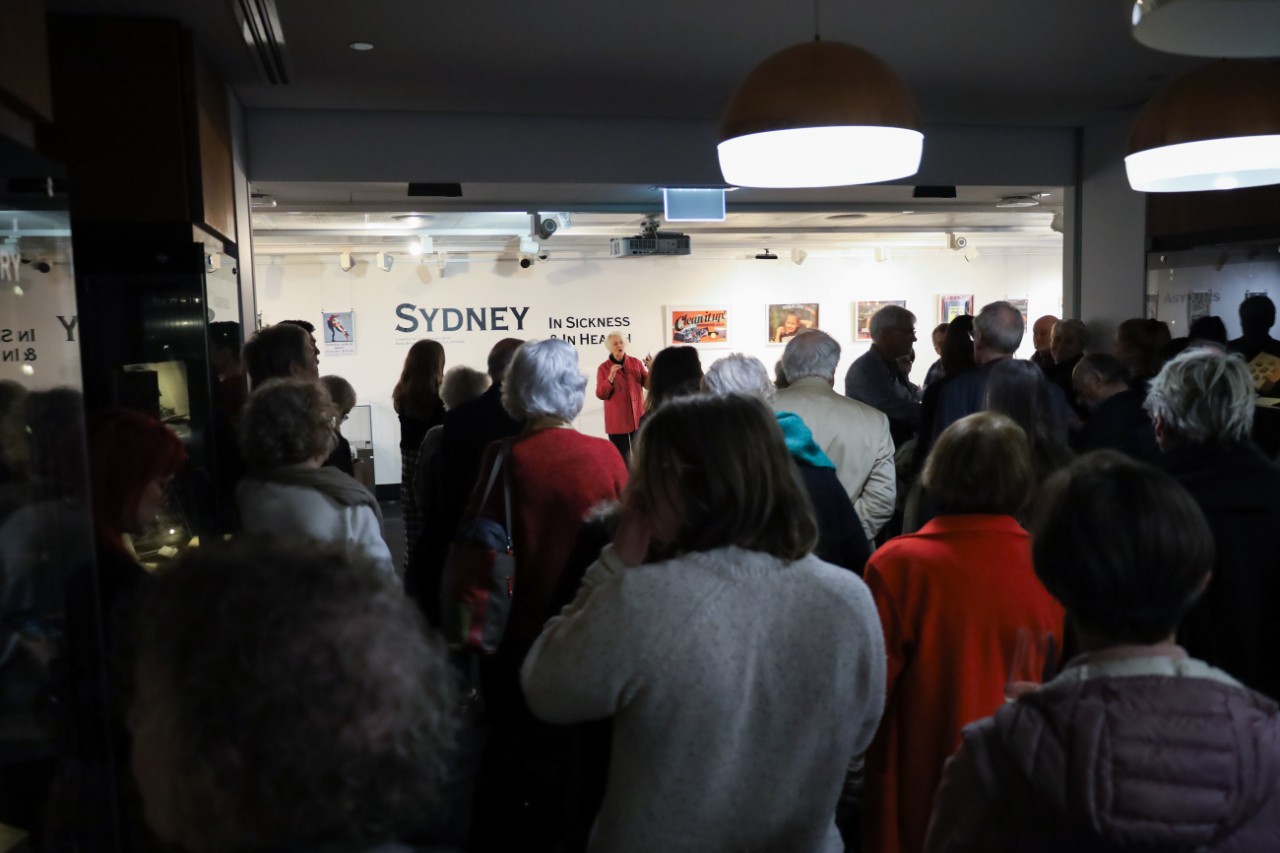
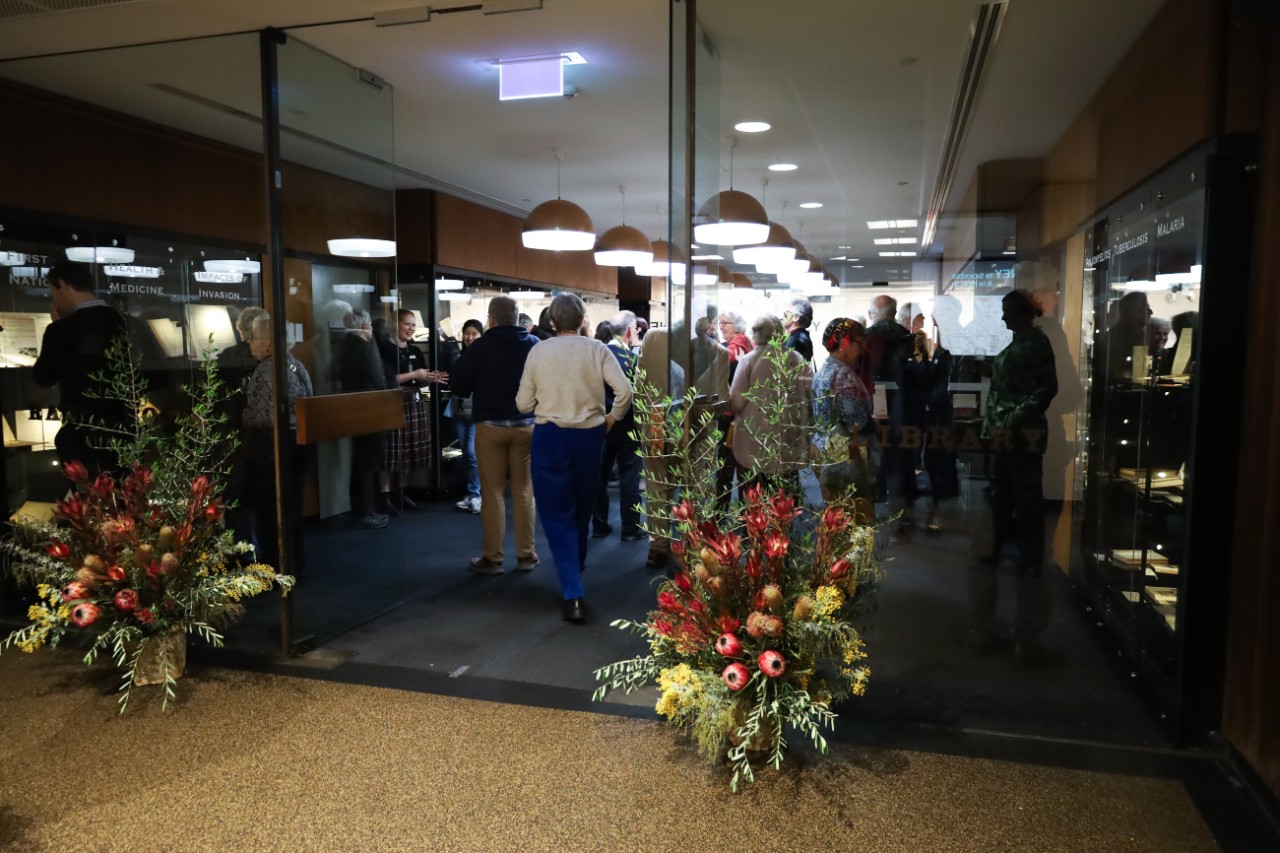
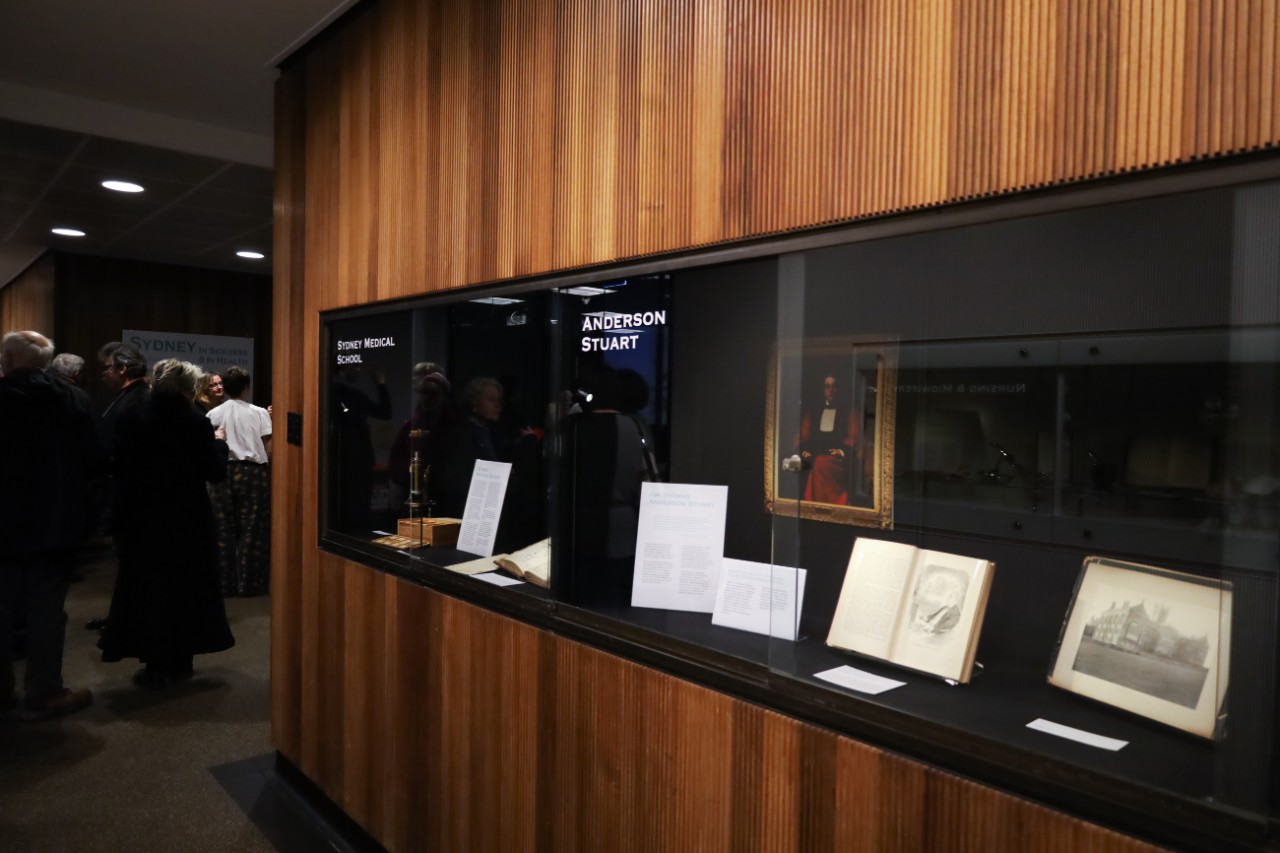
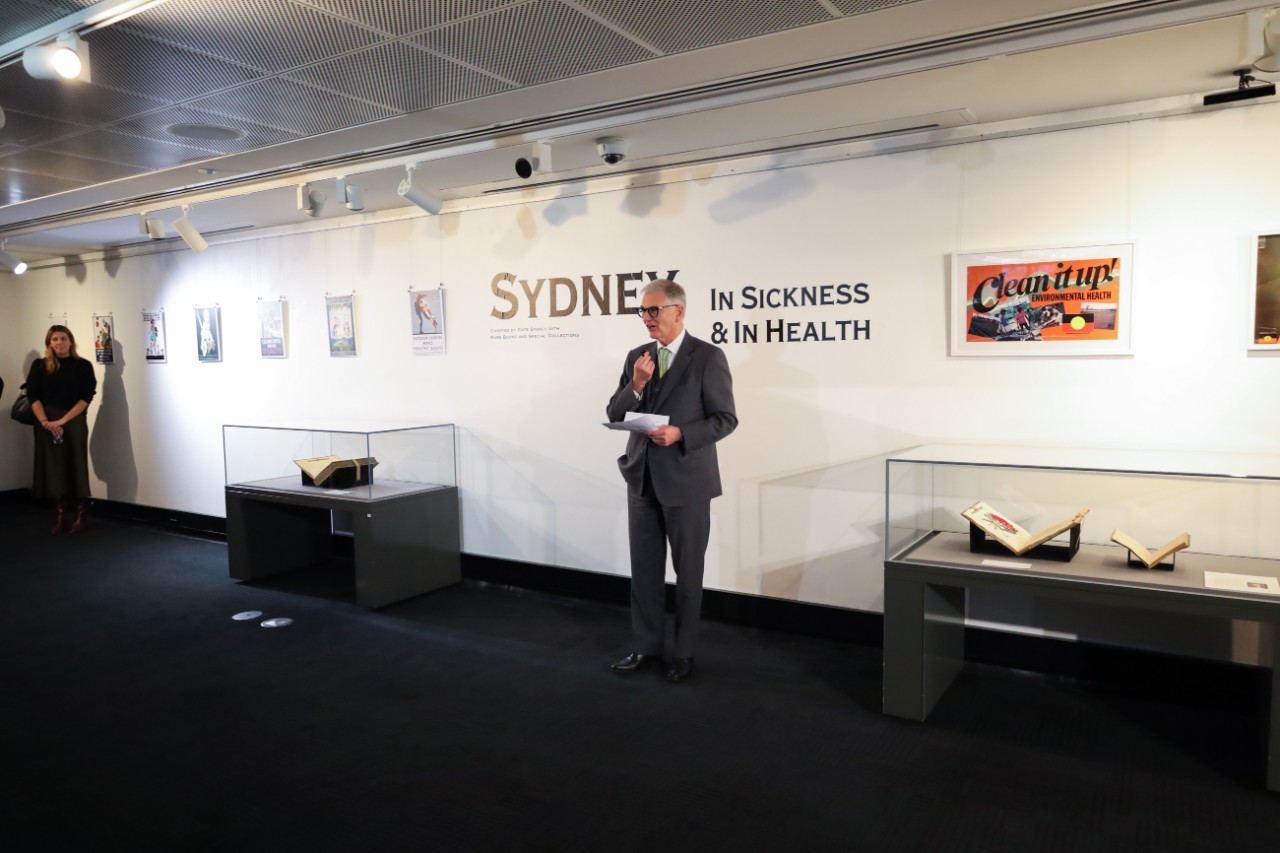
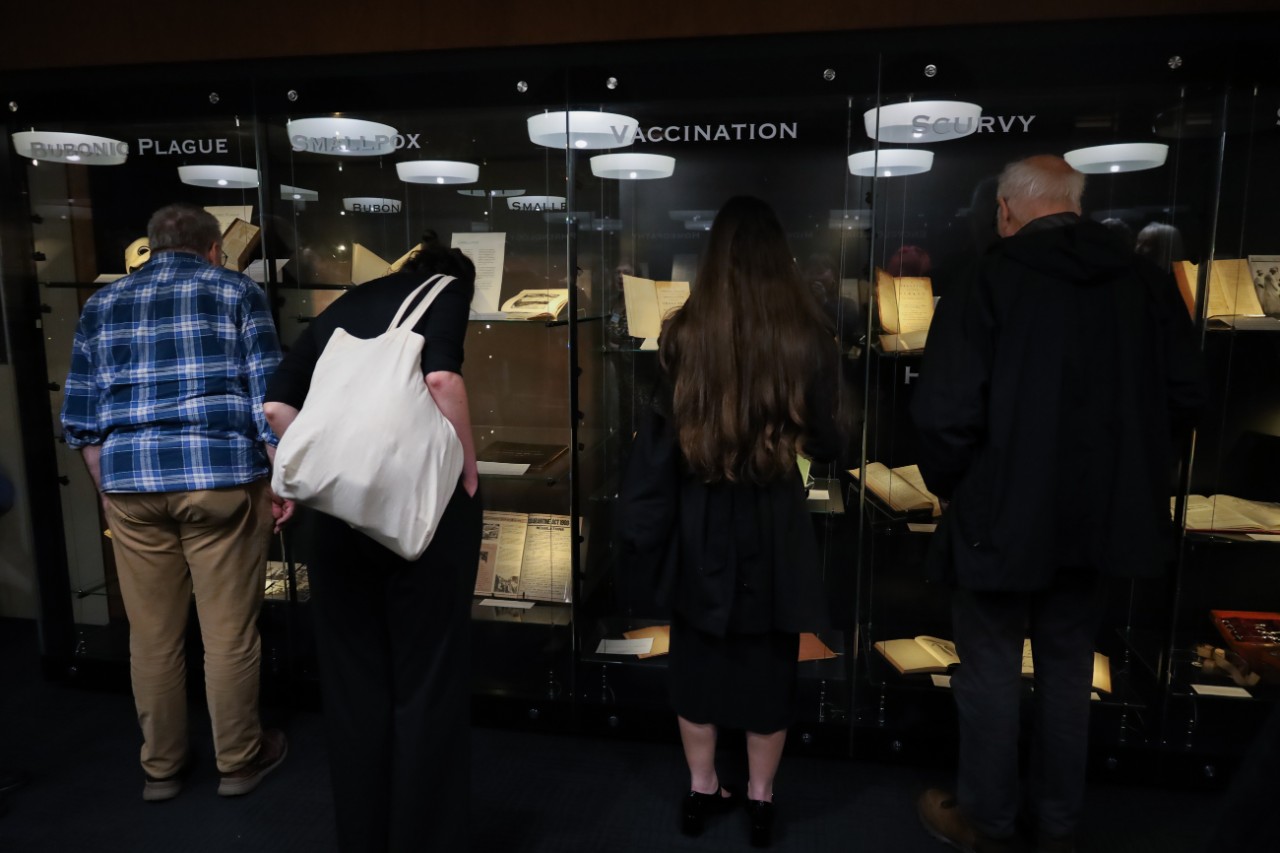
Contact
For enquiries about Rare Books and Special Collections, please contact cultural.collections@usyd.libanswers.com